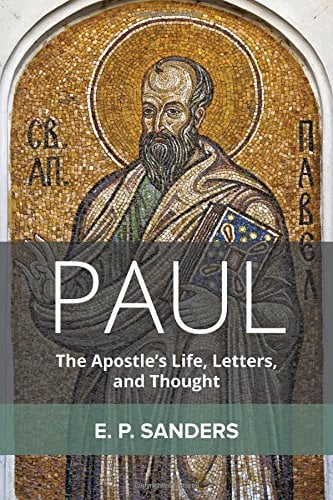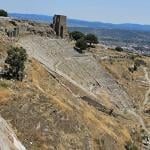p. 117—The principle difficulty Paul faced was exclusivism, getting pagans not merely to add another god to their pantheon, but reject all their past gods in favor of the God of Israel. But remember, Paul only converted a small percentage of Gentiles in a given town and it would be another century before paganism saw Christianity as a rival.
p. 118—the summary in 1 Thess. 1.9-10 shows Paul’s early message which involved the death, resurrection, lordship, return of Jesus. Sanders says this message may come from 41, but not later than 51 A.D. He takes this as a pre-Pauline formula and perhaps Rom. 3.23-25 is also a use of a pre-Pauline formula.
p. 119—The basic message was that God sent his Son, he suffered and died by crucifixion for the benefit of humanity, he was raised and was now in heaven, he would soon return, and his followers would live with him forever.
p. 120—He agrees that the preaching summaries in Acts such as Acts 2.22-33 comport with what we can deduce was the basic Christian message from Paul’s letters. Paul however says little about the words and deeds of Jesus apart from coming, dying, rising. But he admits Paul does speak of his own performing of miracles (1 Thess. 1.5; 2 Cor. 12.12). But Paul never describes in detail the sort of miracles he did cf. Acts 16, 20.
p. 121— Sanders says that Paul in 1 Cor. 15 says that the resurrection body is a spiritual body not a physical body, not flesh and blood. [Wrong!] Paul modestly says that God’s power was manifested in his weakness and so he was an effective missionary.












